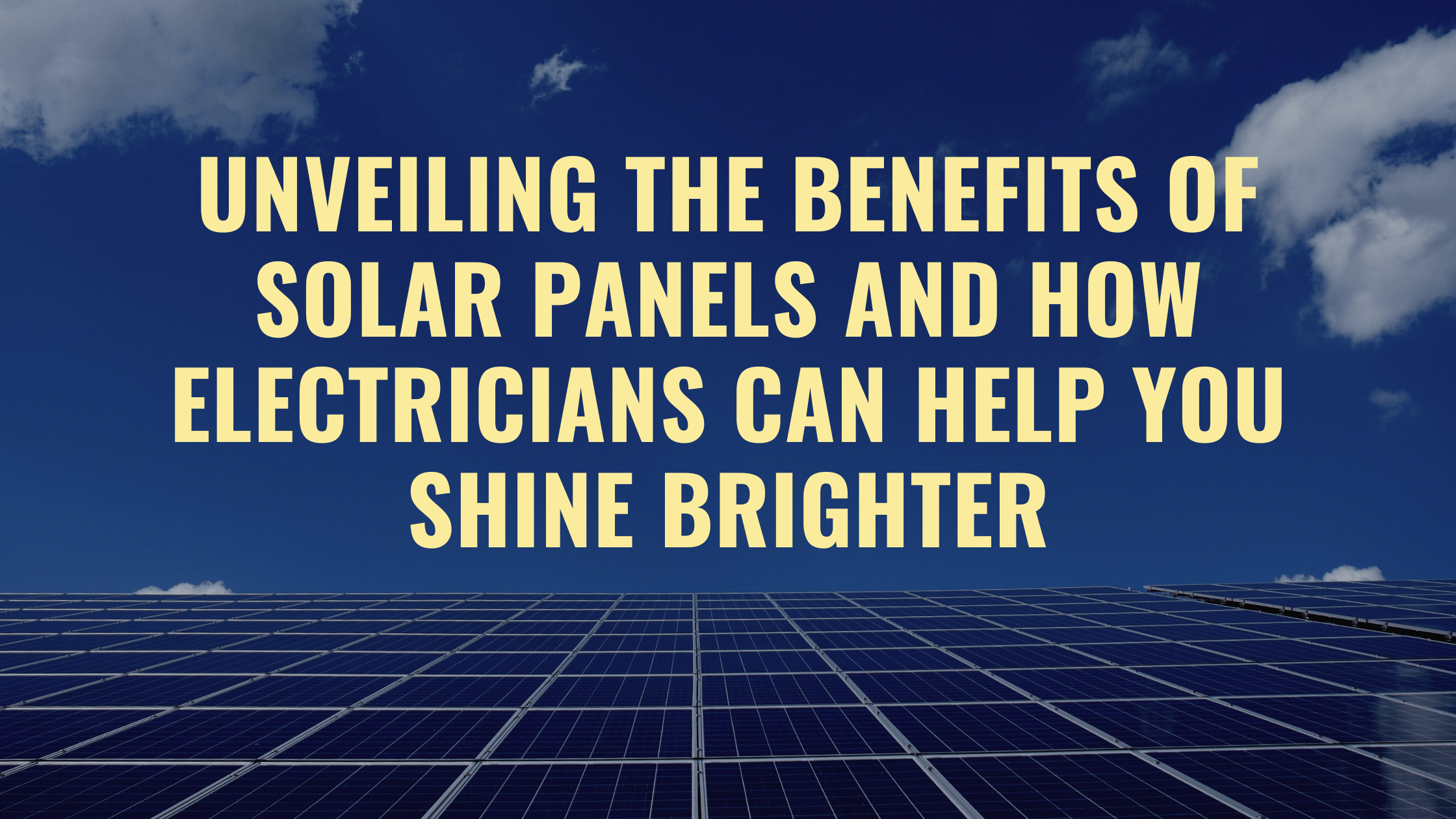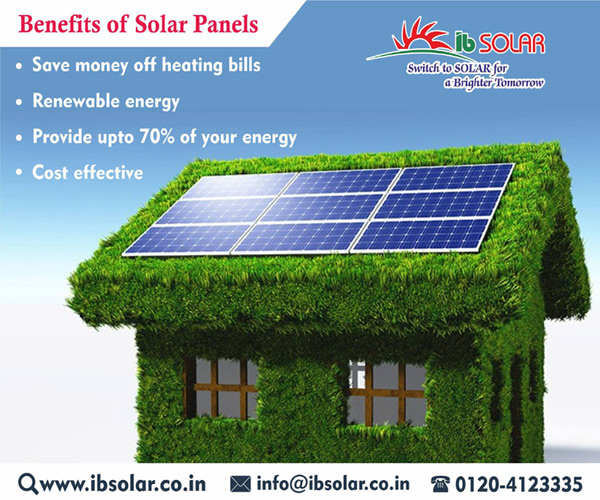Solar Power 101: A Newbie's Guide to Sustainable Energy Solutions
As the globe increasingly moves in the direction of lasting energy options, recognizing the basics of solar power ends up being essential for both individuals and services. By discovering the benefits of solar technology, together with the monetary motivations and installment processes, one can acquire a clearer point of view on just how to effectively integrate this sustainable source right into their power strategy.
Comprehending Solar Power
At its core, recognizing solar power involves comprehending the basic concepts of just how sunlight can be transformed right into functional electrical energy. Solar power is stemmed from the sunlight's radiation, which can be taken advantage of via various innovations. The primary system for this conversion is the solar result. This sensation occurs when sunlight strikes semiconductor materials, usually silicon-based, within solar cells. The energy from the sunlight excites electrons in the semiconductor, permitting them to move openly and produce direct current (DC) electrical power.

Comprehending solar power also involves acknowledging its environmental benefits. By using sunlight, we can reduce greenhouse gas emissions and reduce air pollution, adding to a more sustainable future. The developments in technology and efficiency of solar systems proceed to boost their stability, making solar power a progressively appealing choice for global energy demands.
Sorts Of Solar Energy Solutions
Various sorts of solar energy systems are frequently employed to harness solar power for electrical energy generation. The main categories consist of solar (PV) systems, focusing solar power (CSP) systems, and solar thermal systems.
Photovoltaic systems make use of solar panels made up of silicon cells that convert sunshine directly right into electrical power. These systems are flexible and can be set up on roofs, ground installs, or integrated into structure products.
Focusing Solar energy systems, on the various other hand, use mirrors or lenses to concentrate sunlight onto a tiny location, generating warmth that drives a steam wind turbine to generate electrical power - Simply Solar Illinois. CSP systems are generally released in large power plants and need straight sunlight, making them less appropriate for over cast regions

Each type news of solar energy system has its special characteristics, applications, and viability depending upon geographical place, power requirements, the original source and budget, making it important to examine options based upon specific scenarios. - Simply Solar Illinois

Benefits of Solar Power
Utilizing solar energy via various systems not just supplies a sustainable way to generate electricity but additionally supplies a wide variety of advantages. One of the most considerable advantages is the decrease in greenhouse gas exhausts, adding to a cleaner environment and combating environment modification. Solar power is eco-friendly, indicating it is infinite and offered as long as the sunlight shines, unlike nonrenewable fuel sources, which are finite and depleting.
In addition, solar power can result in substantial expense financial savings with time. Homeowners and businesses can lower their electrical energy expenses significantly, and oftentimes, they may gain credit scores for excess power created through web metering. Furthermore, the solar market produces tasks, from manufacturing to installation, boosting local economies.
One more compelling advantage is power independence. By generating their own power, people and areas can decrease reliance on external power resources, boosting strength against changing power prices and supply disturbances. Moreover, solar power systems need marginal maintenance, making them a practical alternative for sustainable energy generation.
Installment Refine Summary
The setup procedure for solar power systems usually entails several essential steps that make sure reliable integration into a property. A comprehensive site assessment is conducted to assess the roofing's positioning, shielding, and architectural honesty, which are essential to enhancing solar panel efficiency. Following this evaluation, the style phase commences, where a tailored solar energy system is configured based upon the home owner's power demands and choices.
When the style is completed, the required permits and authorizations are acquired from neighborhood authorities, making certain conformity with guidelines. The real installment includes installing the solar panels on the roof or ground, attaching them to an inverter, and incorporating the system with the property's electric configuration. This phase may additionally include setting up battery storage systems, relying on the style.
After setup, an extensive evaluation is carried out to verify the system's performance and safety. The system find more information is appointed, and home owners are educated on its operation and upkeep. With the installation full, the solar power system can begin producing renewable power, contributing to sustainability and lowering utility prices. This structured strategy makes sure that solar systems are both reliable and dependable, optimizing their long-term advantages.
Financial Rewards and Financial Savings
Checking out the economic incentives and cost savings linked with solar energy systems can significantly enhance the charm of making the button to renewable resource. Numerous incentives exist at federal, state, and local degrees, developed to reduce the first costs connected with solar installation. One of one of the most noteworthy motivations is the federal solar tax credit history, which permits homeowners to deduct a portion of their planetary system installation costs from their federal tax obligations. Since 2023, this debt stands at 30%, providing considerable savings.
Along with tax credits, many states provide rebates that can further lower ahead of time expenditures. Some utility business also provide performance-based incentives, rewarding solar power manufacturing gradually. Financing options, such as solar finances and leases, permit customers to mount systems with little to no down payment, making solar power more easily accessible.

Long-lasting savings are another essential factor. By producing their own electrical power, property owners can dramatically lower and even eliminate their regular monthly energy expenses. In addition, planetary systems can raise home worths, giving a strong return on financial investment. Overall, the combination of incentives and savings makes solar energy an economically attractive choice for many households.
Conclusion
In verdict, solar power represents a vital element of sustainable power solutions, giving a pathway towards reduced carbon impacts and enhanced ecological protection. Eventually, the transition to solar power not just promotes eco-friendly responsibility yet also promotes financial savings and power independence.